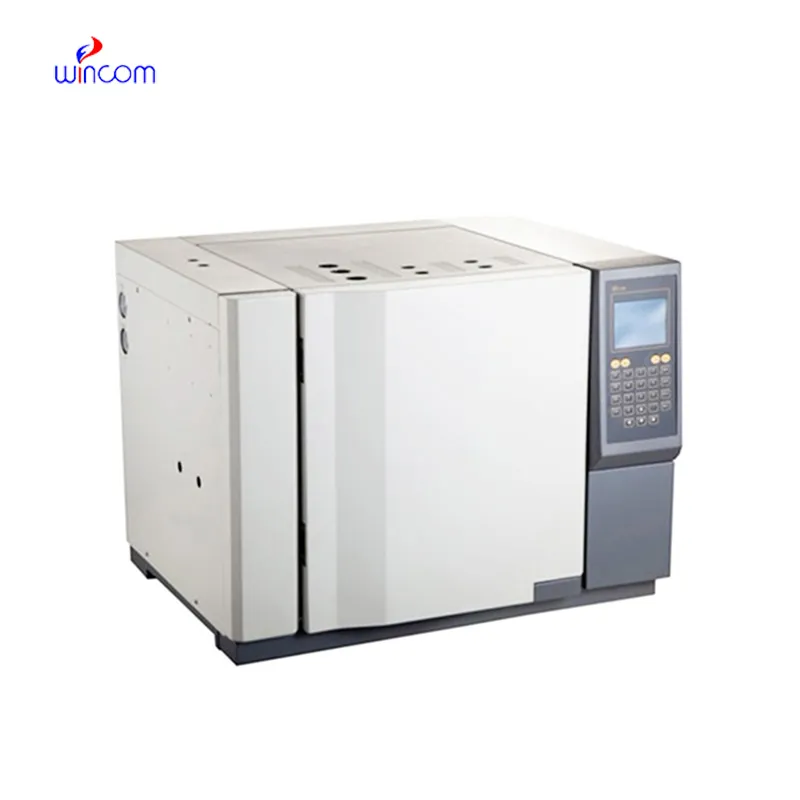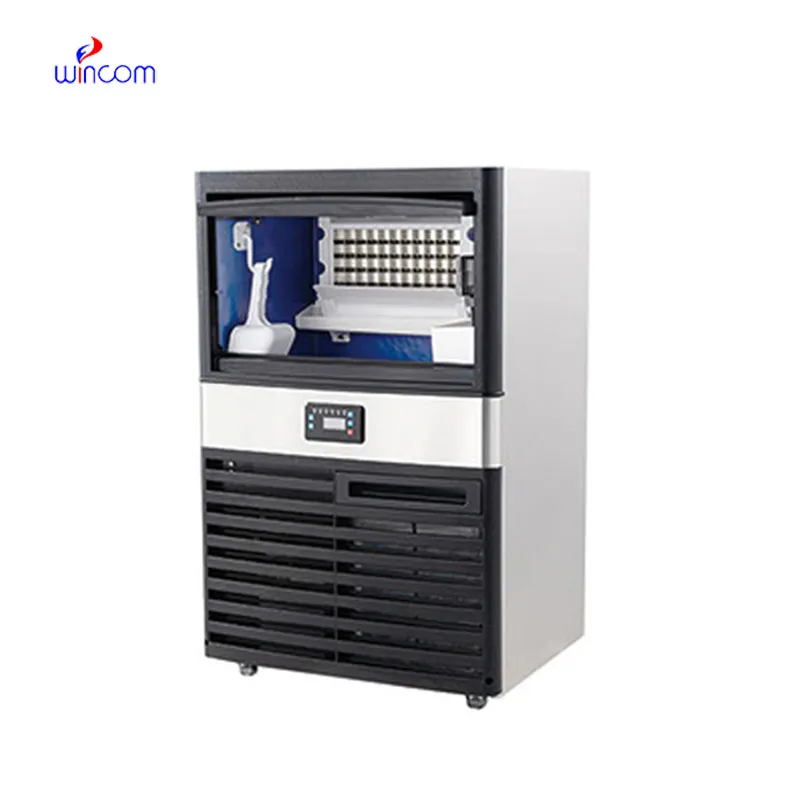
The x ray scanner application comes equipped with an intelligent imaging system that increases grayscale depth and detail understanding. The complex algorithms of the x ray scanner application improve the viewing of subtle lesions and tissues. The x ray scanner application has been designed for high throughput capabilities that promote rapid viewing cycles and convenient data accessibility.

The x ray scanner application is used in numerous various clinical departments, including orthopedics, radiology, and oncology. It is usually applied to detect lung lesions and bone fractures as well as track tumor growth. In children's practice, the x ray scanner application enables safe imaging with child-friendly doses suitable for diagnostic needs in children.

Future editions of the x ray scanner application will focus on automation and ease of digital interfaces. Sophisticated remote operation capabilities will allow radiologists to perform scans and reviews remotely from any location. The x ray scanner application will also include blockchain-based data security systems for protecting patient information.

The life of the x ray scanner application relies on proper maintenance and surveillance. The X-ray tube, generator, and control panel are some of the parts that need to be examined and serviced based on manufacturer recommendations. The x ray scanner application should be protected from moisture, vibration, and heavy dust to prevent performance loss.
The x ray scanner application works by providing X-rays that penetrate the body to generate contrast images. The device has been extensively used for screening, diagnosing, and treatment. The x ray scanner application increases efficiency in healthcare by offering quick images for immediate analysis by a medical practitioner.
Q: What makes an x-ray machine different from a CT scanner? A: An x-ray machine captures a single 2D image, while a CT scanner takes multiple x-rays from different angles to create 3D cross-sectional views. Q: How is image quality measured in an x-ray machine? A: Image quality depends on factors like contrast, resolution, and exposure settings, which are adjusted based on the target area being examined. Q: What power supply does an x-ray machine require? A: Most x-ray machines operate on high-voltage power systems, typically between 40 to 150 kilovolts, depending on their intended use. Q: Can x-ray machines be used for dental imaging? A: Yes, specialized dental x-ray machines provide detailed images of teeth, jaws, and surrounding structures to support oral health assessments. Q: How does digital imaging improve x-ray efficiency? A: Digital systems allow instant image preview, faster diagnosis, and reduced need for retakes, improving workflow efficiency in clinical environments.
This x-ray machine is reliable and easy to operate. Our technicians appreciate how quickly it processes scans, saving valuable time during busy patient hours.
The delivery bed is well-designed and reliable. Our staff finds it simple to operate, and patients feel comfortable using it.
To protect the privacy of our buyers, only public service email domains like Gmail, Yahoo, and MSN will be displayed. Additionally, only a limited portion of the inquiry content will be shown.
I’d like to inquire about your x-ray machine models. Could you provide the technical datasheet, wa...
We’re currently sourcing an ultrasound scanner for hospital use. Please send product specification...
E-mail: [email protected]
Tel: +86-731-84176622
+86-731-84136655
Address: Rm.1507,Xinsancheng Plaza. No.58, Renmin Road(E),Changsha,Hunan,China